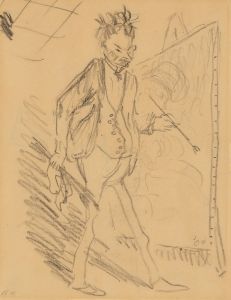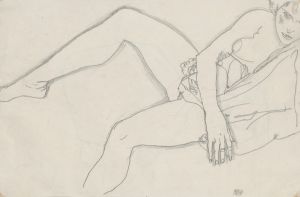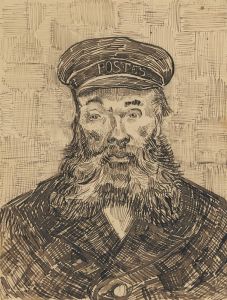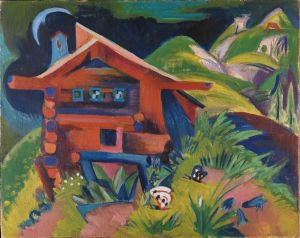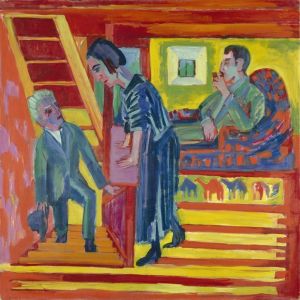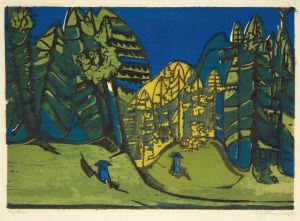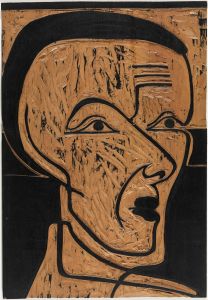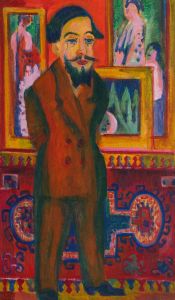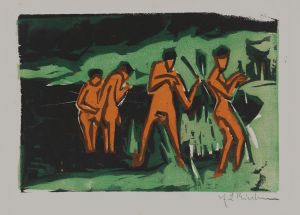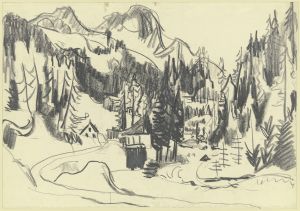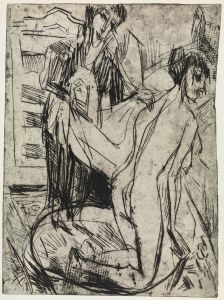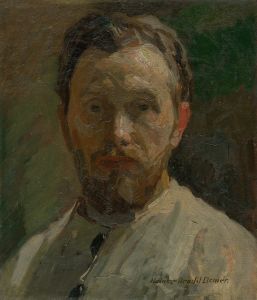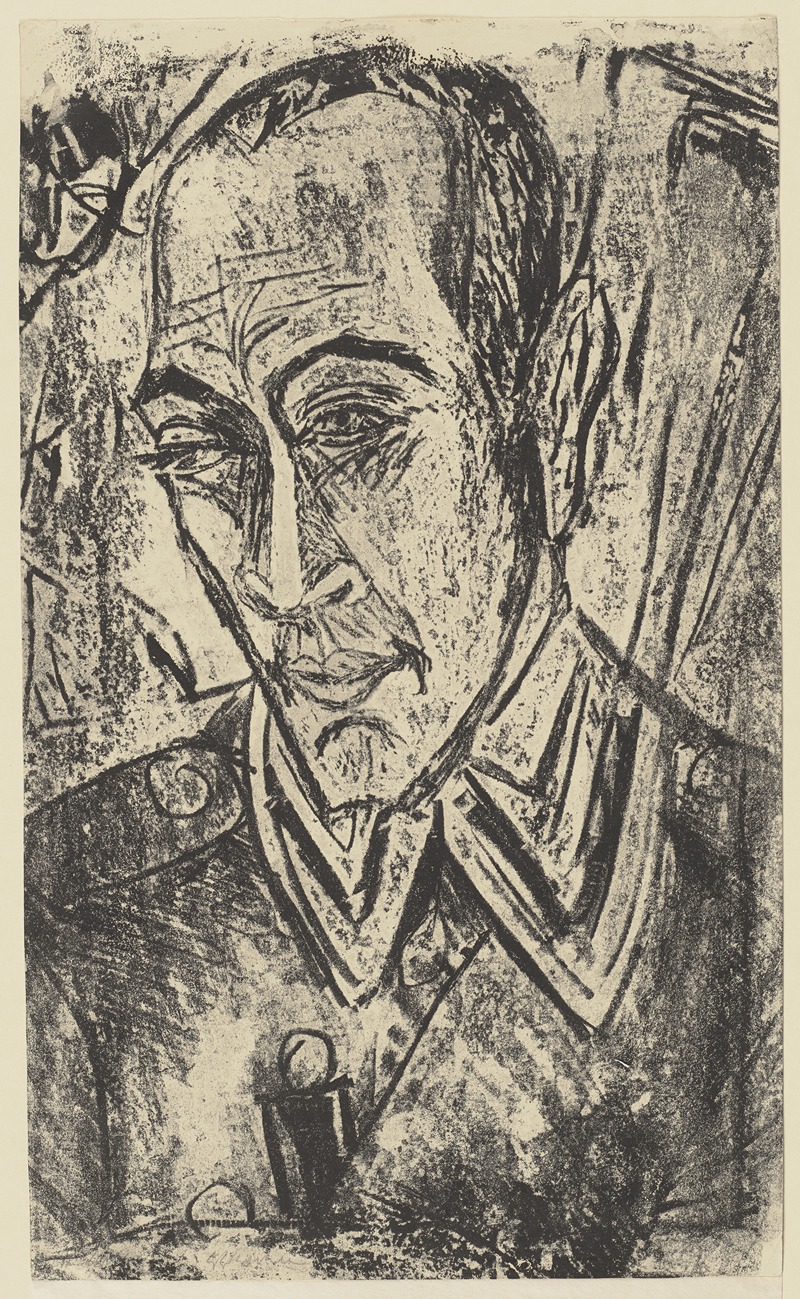
Porträt Hugo Biallowons
A hand-painted replica of Ernst Ludwig Kirchner’s masterpiece Porträt Hugo Biallowons, meticulously crafted by professional artists to capture the true essence of the original. Each piece is created with museum-quality canvas and rare mineral pigments, carefully painted by experienced artists with delicate brushstrokes and rich, layered colors to perfectly recreate the texture of the original artwork. Unlike machine-printed reproductions, this hand-painted version brings the painting to life, infused with the artist’s emotions and skill in every stroke. Whether for personal collection or home decoration, it instantly elevates the artistic atmosphere of any space.
"Porträt Hugo Biallowons" is a painting by the German expressionist artist Ernst Ludwig Kirchner. Kirchner, a founding member of the influential artist group Die Brücke (The Bridge), is renowned for his vibrant and emotive style, which often features bold colors and dynamic compositions. This particular portrait exemplifies Kirchner's distinctive approach to capturing the essence of his subjects.
Ernst Ludwig Kirchner was born on May 6, 1880, in Aschaffenburg, Germany. He studied architecture in Dresden, where he met fellow artists Fritz Bleyl, Erich Heckel, and Karl Schmidt-Rottluff. Together, they formed Die Brücke in 1905, aiming to create a new form of artistic expression that bridged traditional and modern styles. Kirchner's work from this period is characterized by its raw energy, expressive brushwork, and vivid use of color.
The subject of the painting, Hugo Biallowons, was a friend and patron of Kirchner. Biallowons was a businessman who supported the arts, and his relationship with Kirchner was one of mutual respect and admiration. The portrait captures Biallowons in a moment of introspection, with Kirchner's expressive style highlighting the depth of his character.
"Porträt Hugo Biallowons" is notable for its use of color and form. Kirchner employs a bold palette, with contrasting hues that bring a sense of dynamism to the composition. The brushstrokes are vigorous and fluid, creating a sense of movement and vitality. Kirchner's use of line is also significant, as it outlines the figure with a sense of immediacy and spontaneity.
The painting reflects Kirchner's interest in the psychological aspects of portraiture. Rather than simply depicting the physical appearance of his subjects, Kirchner sought to convey their inner emotions and states of mind. In "Porträt Hugo Biallowons," this is achieved through the intense gaze of the subject and the dramatic interplay of light and shadow.
Kirchner's work was heavily influenced by various artistic movements, including Impressionism, Post-Impressionism, and Fauvism. However, he developed a unique style that set him apart from his contemporaries. His contributions to the expressionist movement were significant, and his work had a lasting impact on the development of modern art.
Throughout his career, Kirchner faced numerous challenges, including struggles with mental health and the political turmoil of the early 20th century. Despite these difficulties, he remained dedicated to his artistic vision, producing a prolific body of work that continues to be celebrated today.
"Porträt Hugo Biallowons" is an important example of Kirchner's portraiture and his ability to capture the essence of his subjects through his expressive style. The painting is a testament to Kirchner's skill as an artist and his deep understanding of the human condition. It remains a significant piece within his oeuvre and a valuable contribution to the history of expressionist art.





